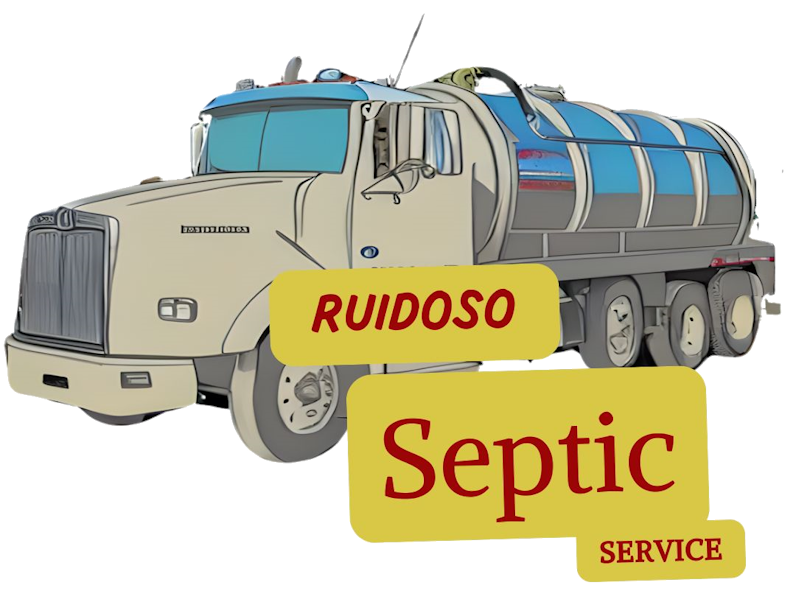
Aerobic Treatment Systems (ATS)
These regulations are designed to ensure proper operation, environmental protection, and public health.
In New Mexico, Aerobic Treatment Systems (ATS) — which include both traditional aerobic systems and alternative onsite wastewater treatment systems — must adhere to specific regulations set by the New Mexico Environment Department (NMED).
Maintenance Agreements Requirements
Here’s a detailed breakdown of what maintenance agreements should include to remain compliant with NMED standards:
1. Purpose of ATS Maintenance Agreements
Maintenance agreements ensure that the treatment systems function effectively and remain in compliance with discharge and operational requirements. The agreements are legally binding and must be upheld by qualified service providers.
2. Key Components of a Maintenance Agreement
- Routine Maintenance:
*Frequency: At least every 6 months, or more often if specified by the manufacturer or permit conditions.
*Inspection tasks typically include: Checking and cleaning air filters and diffusers, measuring sludge and scum levels, verifying proper operation of mechanical components (aerators, pumps, floats), and testing and adjusting disinfection systems (chlorine tablets, UV lamps)
- Repair Services:
* Maintenance contracts must include response protocols for system malfunctions or failures.
* All repairs must use manufacturer-approved parts and be performed by NMED-certified professionals.
* The provider must report repairs to NMED if they involve system redesign, relocation, or could impact performance.
- Sampling & Testing:
* Systems may be subject to effluent sampling to test for:
-
- Biochemical Oxygen Demand (BOD)
- Total Suspended Solids (TSS)
- Fecal coliform or E. coli
- Nitrogen (for nutrient-sensitive areas)
- Sampling frequency is determined by the system type and permit requirements, typically annually or semi-annually.
- Chain-of-custody procedures** must be followed for lab testing, and results submitted to NMED.
3. Recordkeeping Requirements
The service provider must maintain detailed service logs, including:
- Date and type of service performed
- Observations and test results
- Maintenance actions and parts replaced
- Records must be kept for at least 3 years and made available to NMED upon request.
4. Reporting Obligations
- Certain systems require annual reports to NMED summarizing all inspections, maintenance, sampling results, and any problems encountered.
- Immediate reporting is necessary for any system failure or unauthorized discharge.
5. Provider Certification: Maintenance providers must be certified by NMED under the Liquid Waste Program and trained specifically in ATS technologies.
6. Homeowner Responsibilities
- Homeowners must:
* Keep an active maintenance contract at all times
* Ensure unrestricted access for inspections
* Avoid disposing of harmful substances (e.g., grease, chemicals) into the system
7. Compliance and Enforcement
- Failure to maintain an ATS or uphold a valid maintenance agreement can lead to:
- Fines
- Revocation of system use permits
- Enforcement actions including cease-use orders or mandated upgrades
